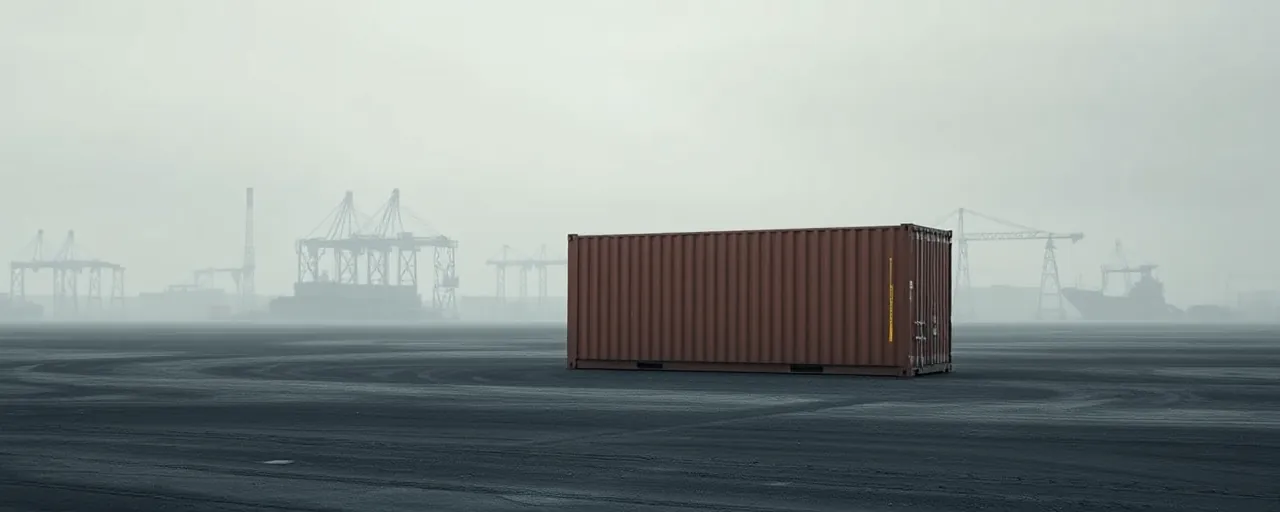A Quiet Port, A Growing Concern
The docks of Seattle and Tacoma, typically buzzing with cranes and cargo, have grown eerily quiet. Container ship arrivals plummeted 12% in April 2025 compared to last year, and automobile carrier visits dropped a staggering 36%. The slowdown, rooted in escalating U.S.-China trade tensions and lingering labor disputes, is sending ripples through the regional economy. For a region that handles 90% of its trade with Asia, the stakes are high.
Local businesses, from retailers to manufacturers, are bracing for delays and rising costs. The Northwest Seaport Alliance, which oversees the ports, supports roughly 25,000 jobs and serves as a critical gateway for goods flowing into the U.S. heartland. With ocean bookings down 29% from late March to April, the effects are poised to hit store shelves and consumer wallets in the coming weeks.
This disruption arrives at a precarious moment. Global supply chains, already battered by years of geopolitical friction, extreme weather, and labor unrest, are under renewed strain. The Seattle slowdown is not an isolated incident but a symptom of broader challenges, raising questions about the resilience of U.S. trade infrastructure and its ability to weather ongoing shocks.
Trade Tensions and Tariff Fallout
The primary driver of the slowdown is a sharp escalation in U.S.-China trade tariffs, which soared to 145% on Chinese imports. Importers, facing prohibitive costs, are canceling or postponing shipments, leading to fewer vessels docking at Seattle and Tacoma. The resulting congestion, with ships waiting longer to unload, is clogging port operations and delaying goods.
This trade friction is part of a broader pattern. Over the past decade, U.S.-China relations have oscillated between cooperation and confrontation, with tariffs becoming a favored tool to address trade imbalances. Yet, these measures often carry unintended consequences. Local officials warn that rerouting cargo to Canadian ports could further erode Seattle’s economic clout, threatening jobs and regional competitiveness.
Businesses are adapting, but the options are limited. Some are turning to nearshoring, shifting production to North America, or diversifying suppliers to reduce reliance on China. Apple, for instance, has expanded manufacturing in India and Vietnam, while over half of industrial firms in China now use dual-sourcing strategies. These shifts, while promising, take time and capital, leaving many firms vulnerable in the short term.
Labor Disputes Add to the Strain
Labor dynamics are also at play. Recent strikes by the International Longshore and Warehouse Union (ILWU) at West Coast ports, including Seattle, caused delays of up to eight days. While a new six-year contract on the East and Gulf Coasts averted a major strike, tensions over wages and automation persist. The East Coast deal, ratified by 99% of International Longshoremen’s Association members, secured a 62% wage hike over six years and set a framework for job-preserving technology adoption.
Port workers, who kept supply chains moving during the COVID-19 pandemic, argue for fair compensation and protections against automation, which they fear could eliminate jobs. Meanwhile, port operators and businesses emphasize the need for modernization to stay competitive globally. The debate reflects a broader tension between technological progress and job security, with no easy resolution in sight.
Ripple Effects on Retail and Prices
The slowdown’s effects are already reaching retailers. U.S. retail inventories, which hit $816.66 billion in February 2025, are growing, but disruptions like Seattle’s could lead to shortages of specific goods. Retailers rely on precise inventory management to avoid stockouts, which drive lost sales, or overstocking, which ties up capital and forces markdowns. With consumer demand still volatile, any disruption can tip the balance.
Higher logistics costs are another concern. Transportation bottlenecks, including port congestion and trucking constraints, contributed 9.8% to overall inflation in February 2025. Rising freight rates and delayed shipments are pushing up costs for shippers, who often pass these on to consumers. For everyday shoppers, this could mean pricier electronics, furniture, or even cars, as automobile imports take a hit.
Retailers are leaning on technology to cope. AI-driven tools help optimize stock levels, while just-in-time and vendor-managed inventory models buffer against volatility. Still, these solutions are not foolproof. If disruptions persist, consumers may face higher prices or empty shelves, particularly for goods heavily reliant on Asian supply chains.
Balancing Modernization and Worker Rights
The Seattle slowdown has reignited debates over how to balance port modernization with worker protections. Some policymakers and industry leaders advocate for automation and efficiency upgrades to keep U.S. ports competitive. They point to global hubs like Singapore, where advanced technology ensures rapid cargo handling, as models to emulate. Legislation has even been proposed to limit union-led slowdowns, arguing that disruptions harm the broader economy.
On the other hand, dockworkers and their advocates emphasize the human cost of rapid technological change. They highlight the sacrifices made by port workers, who often face grueling conditions, and call for modernization that includes labor in the process. The recent East Coast contract, which addressed automation concerns while securing wage gains, is seen as a potential blueprint for collaboration.
Both sides have valid concerns. Efficient ports are vital for economic stability, but so are the livelihoods of the workers who keep them running. Finding a path forward will require dialogue and compromise, especially as global trade grows more complex and unpredictable.
Looking Ahead
The Seattle port slowdown is a stark reminder of how interconnected and fragile global supply chains remain. With trade tensions, labor disputes, and logistical bottlenecks converging, the region faces immediate economic challenges, from job losses to rising prices. Yet, the crisis also underscores the need for long-term resilience, whether through diversified supply chains, smarter inventory strategies, or collaborative labor agreements.
For consumers and businesses alike, the coming months will test the ability to adapt to these disruptions. The choices made now, from policy decisions to corporate strategies, will shape not just Seattle’s economic future but the broader U.S. trade landscape. As the docks sit quieter than usual, the urgency to act grows louder.
